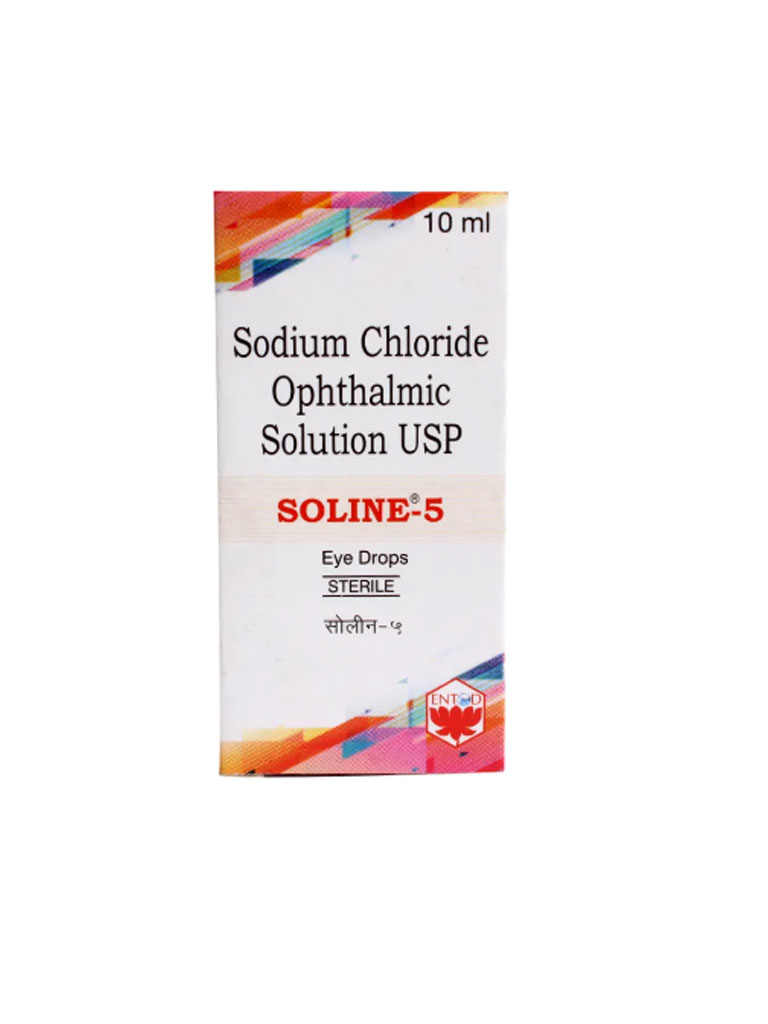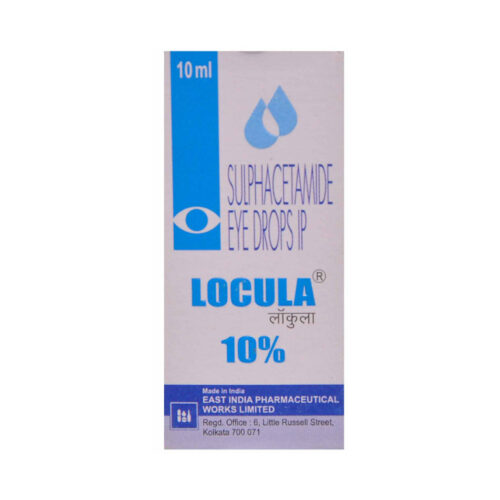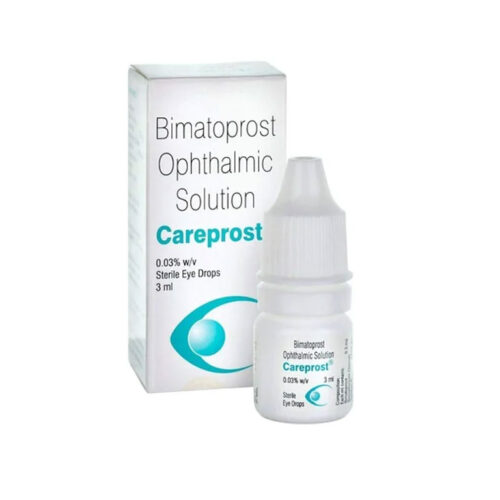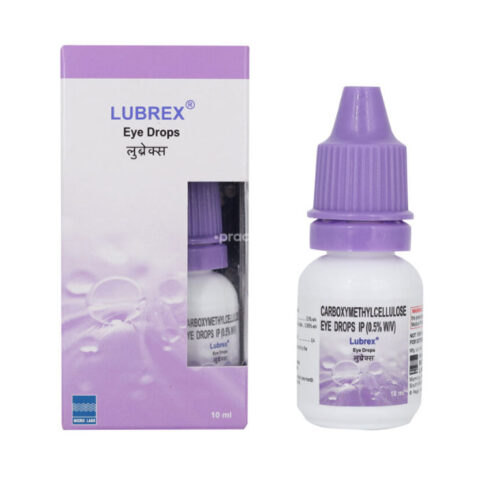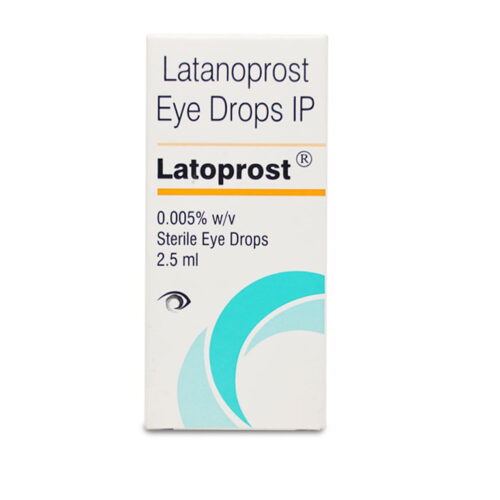Description
What is Sodium Chloride 5% Ophthalmic Solution?
Sodium Chloride 5% Ophthalmic Solution is used to reduce swelling of the surface of the eye (cornea) in certain eye conditions. Decreasing swelling of the cornea may lessen eye discomfort or irritation caused by the swelling. This product works by drawing fluid out of the cornea to reduce swelling. Sodium Chloride 5% Ophthalmic Solution is an efficient eyewash and anti-edema medication. Its hypertonic properties rapidly relieve irksome inflammation and congestion.
SoCL-5®/Soline-5® Eye Drop is a purified salt solution. It is used to treat dry eyes. Sodium Chloride 5% Eye Drop is for external use only. It works by cleansing action. It cleans the eye and withdraws water from the front surface of the cornea which is the swollen cornea. This action relieves swelling in the eye which helps in clearing your vision. You should use it in a dose and duration as advised by your doctor. Before using this medicine, check the label. To use, hold it close to the eye. Gently press so that the medicine gets placed inside the lower eyelid. The most common side effects may include a burning sensation. After using this medicine, do not drive as it may cause blurring of the vision.
Normally your eyes produce enough natural tears to help them move easily and comfortably and to remove dust and other particles. If they do not produce enough tears, they can become dry, red, and painful. Dry eyes can be caused by wind, sun, heating, computer use, and some medications. Sodium Chloride 5% Ophthalmic Solution keeps your eyes lubricated and can relieve any dryness and pain. This medicine is safe to use and it effectively improves your vision. If you wear soft contact lenses, you should remove them before applying the drops.
Sodium Chloride 5% Ophthalmic Solution eyedrop is an efficient and temporary treatment for eye edema. Ophthalmologists and medical doctors use sodium chloride eye drop to bring instant palliative relief from eye swelling, particularly corneal swelling.
Sodium Chloride 5% or Muro 128 is an osmotic solution that drives excess water from the swelled tissues. The hypertonic properties of sodium chloride draw water molecules from inflamed and oedematous cells. Sodium chloride is most efficient in reliving corneal edema and restoring visual acuity.
The cornea is ordinarily a dry and transparent structure that focuses the light on the back of the eyes. Many conditions can alter the integrity of this structure, such as corneal ulceration, infection, or post-operative injury. All these conditions are associated with corneal swelling and loss of visual clarity.
How to use Sodium Chloride 5% Ophthalmic Solution
Sodium chloride eye drops have multiple indications. Some of its applications are to relieve eye redness, dryness, inflammation associated with swelling and edema. It also lubricates the eyes and keeps them hydrated. But the prime application of sodium chloride is to reduce corneal swelling and reverse blurred vision.
To apply the eye drops: Remove contact lenses before using them. Tilt your head back slightly and pull down your lower eyelid to create a small pocket. Hold the dropper above the eye and squeeze a drop into this pocket. Close your eyes for 1 or 2 minutes. Use only the number of drops your doctor has prescribed. Do not touch the tip of the ointment tube or eyedropper, and do not place the tip directly on your eye. A contaminated tip can infect your eye, which could lead to serious vision problems. Call your doctor if your symptoms do not improve within 72 hours.
Corneal Edema and fogged vision.
Clear vision depends on the transparency of the eye structures. Through which the light refracts to fall on the back of the eye. The outermost transparent layer is the cornea. The clear cornea has a biconvex shape, and under ordinary conditions, it is thin and biconvex. This construction allows the cornea to focus the light on the visual receptors. Corneal transparency is essential for this function.
Corneal transparency depends mainly on an intricate arrangement of a particular type of fiber called collagen 4. the collagen fibrils pile on each other to form uniformly organized lamellae. In between these lamellas exist corneal stroma, where the fiber-producing cells live. This exceptional configuration is maintained under specific conditions, such as relative dehydration.
When the cornea becomes oedematous, it is the stromal spaces that swell and increase in volume. A small degree of edema is thus associated with appreciable expansion in corneal thickness. When the cornea loses its dehydrated configuration, light can not refract correctly on the back of the eye, and visual acuity is compromised. Patients may experience pain in the eyes, tenderness at the touch of eyes, and halos (big light circles) around lucid lights.
Several studies documented the efficiency of sodium chloride ointments in reliving corneal edema and reducing its thickness. The osmotic eyedrops act instantly to pull water molecules from the swelled tissue. In bullous keratopathy, which is a condition where damage occurs to corneal cells with resultant swelling, the sodium chloride significantly reduces corneal thickness and restores clear visual function.
Swelling of the eyes
Eyelids and the skin around the eyes become edematous because of allergic reactions, pollutants or irritants exposure, or infections. Allergic conjunctivitis is a common complaint, and it is associated with eye swelling. Sodium chloride eyedrops rapidly lift the congestion and restore visual activity.

